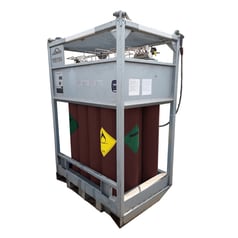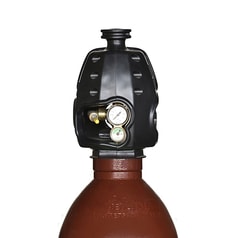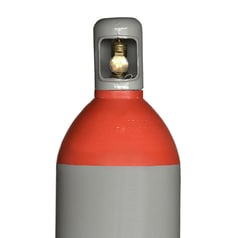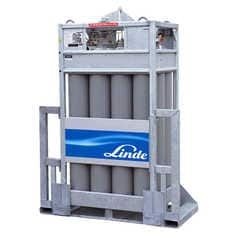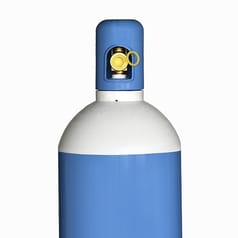Pour bénéficier d’un affichage optimal de la boutique en ligne de PanGas, vous avez besoin pour le navigateur de la version minimale suivante:
• Internet Explorer 9.0
• Mozilla Firefox 38
• Safari 8
• Chrome 45
Veuillez vous assurer que JavaScript est activé dans les paramètres de votre navigateur.
Autogenous welding
The similarity between all autogenous processes is, that the source of heat is a flame created by combustion of a gas with oxygen or air
This flame must be able to produce a focused and highly concentrated heat. The required application determines which acetylene/oxygen combination should be chosen. Oxyfuel technology covers many areas (cutting, joining, forming, etc.) such as oxyfuel welding, cutting with the flame, aiming with the flame, clamping with the flame, curing with the flame, flame blasting, brazing with the flame and spraying with the flame. The tool of oxyfuel technology is the oxyfuel flame as a heat source. A gas mixture of acetylene and oxygen is usually used for the flame. The gas flame used for this purpose has a temperature of about 3,200°C.
More information
Autogenous welding
In oxyacetylene welding, two metal parts are united under the action of heat into one unit. The heat is obtained by burning an acetylene with oxygen. This creates a weld pool, which - with or without the help of an additive material - forms a connection between the two metal parts.
Oxy-fuel cutting
In oxy-fuel cutting, the workpiece to be cut is brought to ignition temperature by means of a preheat flame, after which the centrally added cutting oxygen starts and maintains the oxidation process. The resulting slag is blown out of the cutting joint by the outflow speed of the cutting oxygen jet. Oxy-fuel cutting is only possible for materials where the slag generated has a lower melting temperature than the material itself.
Advantages autogenous welding
- High efficiency (e.g. multi-burner system)
- Low investment costs
- Short heating time
- Universal process
- Large material thickness range
- Manual and automated operation
- Mobile use possible
Disadvantages of autogenous welding
- Very slow process (autoxyacetylene welding)
- High heat input, large heat-affected zone
- Material deformation, therefore straightening may be necessary
- Poor cuts below 5mm material thickness
- Clean preparation of the weld seam is necessary
Materials for autogenous welding
- Unalloyed and low-alloyed steel
- Copper and copper alloys



